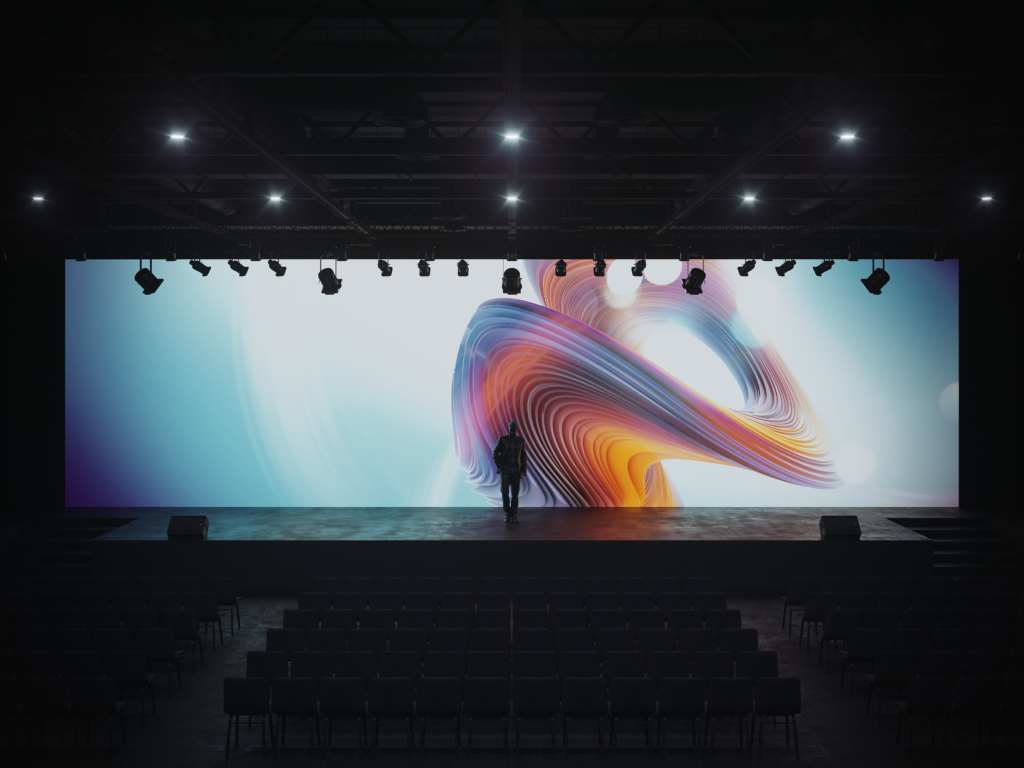Investigating the Crucial Elements That Affect Color Uniformity in Light Emitting Diode Wall Screens for Ideal Visual Performance
Investigating the Crucial Elements That Affect Color Uniformity in Light Emitting Diode Wall Screens for Ideal Visual Performance
Blog Article
Hue uniformity in light-emitting diode wall screens is essential for achieving optimal visual output. light-emitting diode wall panels are widely used in multiple environments, including concerts, meetings, and promotional displays. When the colors on these panels are consistent, they create a more captivating and immersive experience for viewers. Several critical factors influence hue uniformity, including the quality of the LED components, tuning processes, and environmental conditions.
The caliber of the light-emitting diode components plays a major role in color consistency. Different types of light-emitting diodes produce light at different frequencies, which can affect the overall color result. Premium light-emitting diodes are engineered to produce a more uniform light spectrum, resulting in better hue precision. Additionally, the production method of these light-emitting diodes can impact their performance. Panels made with high-grade materials and techniques tend to have fewer hue differences, guaranteeing that the shown pictures and footage look lively and faithful to life.
Tuning is another essential factor in preserving color consistency in LED wall panels. Calibration entails adjusting the settings of the screen to make certain that the colors displayed align the intended design. This procedure can consist of fine-tuning luminosity, contrast, and color equilibrium. Frequent calibration is necessary, especially in settings where illumination conditions vary frequently. By calibrating the screens, technicians can fix any inconsistencies in hue result, leading to a more uniform observing encounter.
Surrounding conditions also influence hue uniformity in look at this now LED wall screens. Elements such as ambient light, temperature, and humidity can affect how hues are perceived. For instance, bright surrounding light can dull hues, making them appear more lively. Similarly, extreme temperatures can influence the functionality of the light-emitting diodes, leading to color shifts. To reduce these problems, it is essential to install LED wall panels in managed environments where lighting and temperature can be managed efficiently.
Lastly, the layout and layout of the light-emitting diode wall screens can impact color uniformity. The configuration of the screens, as well as the spacing from which they are observed, can create variations in color perception. When panels are arranged too distant apart or at varied positions, audiences may detect discrepancies in color. To obtain the optimal optical output, it is important to consider the placement and alignment of the panels during setup. By tackling these elements, users can ensure that their LED wall screens provide a uniform and superior optical encounter.